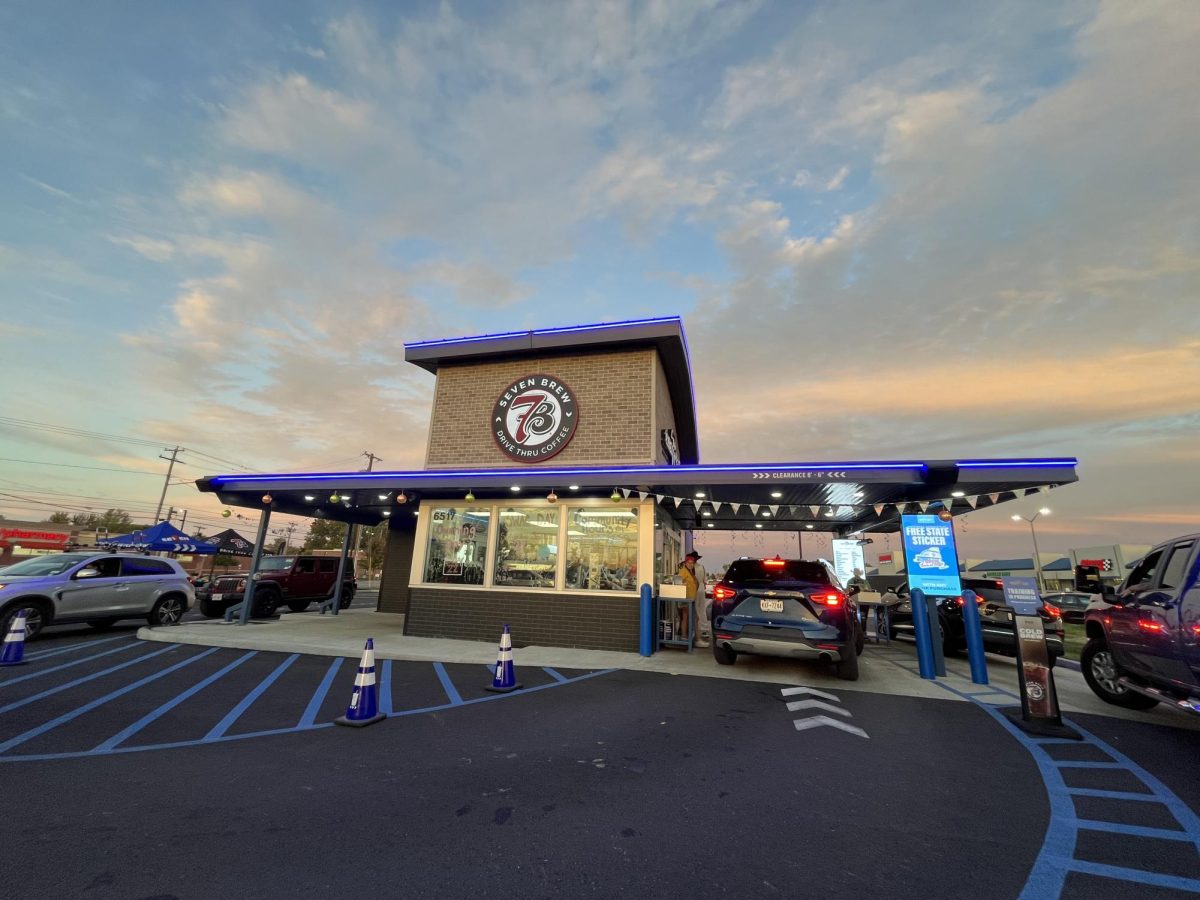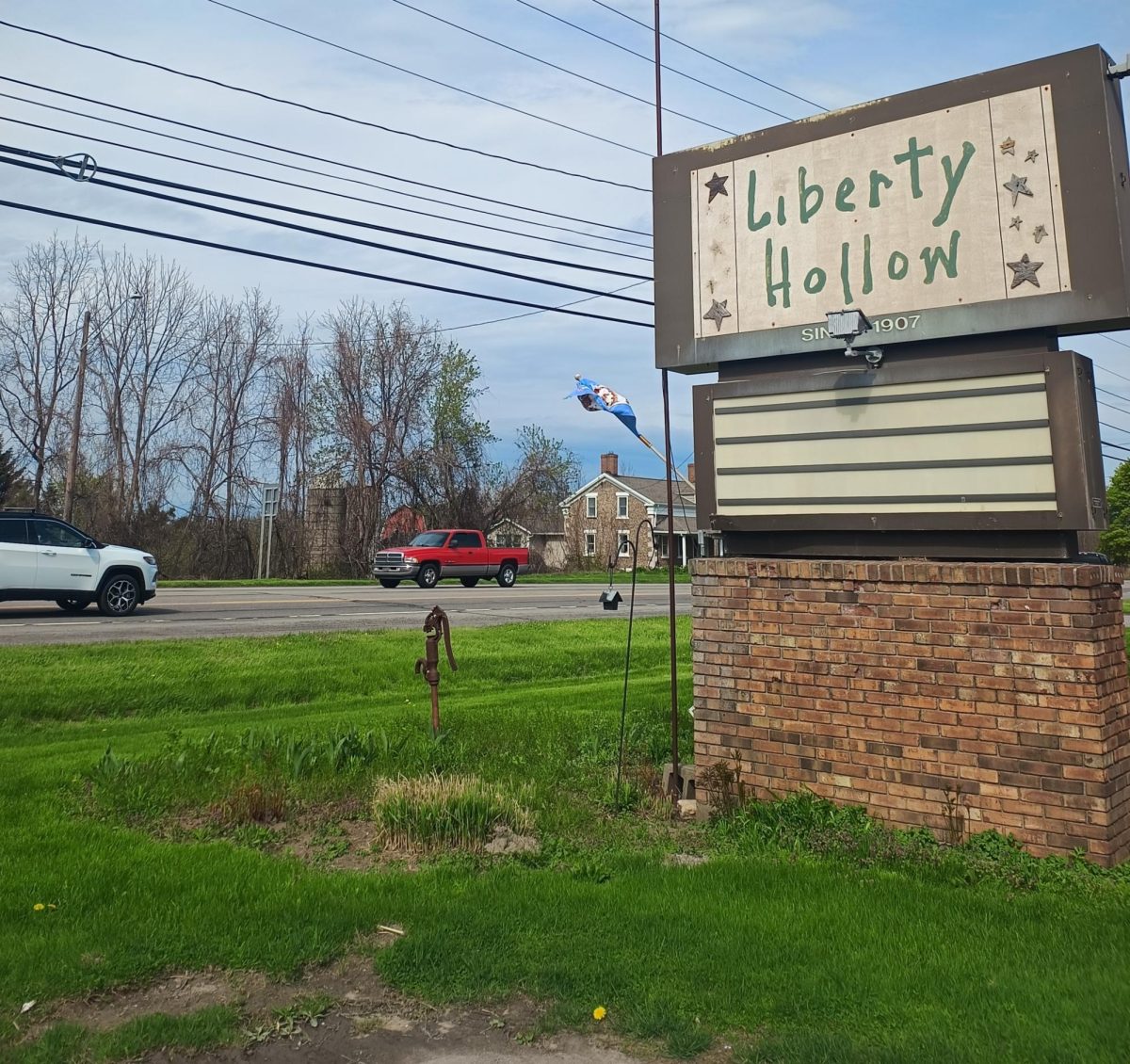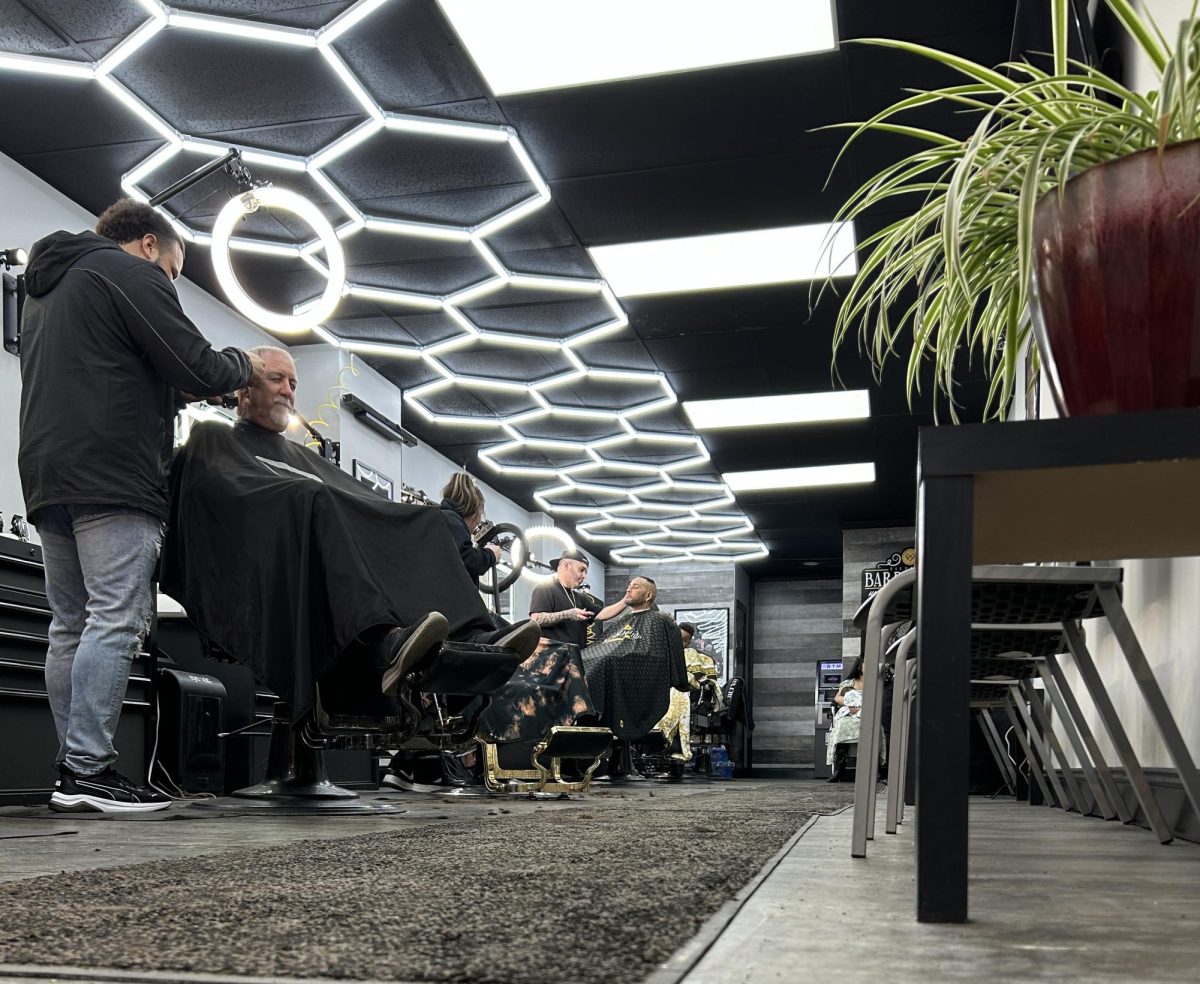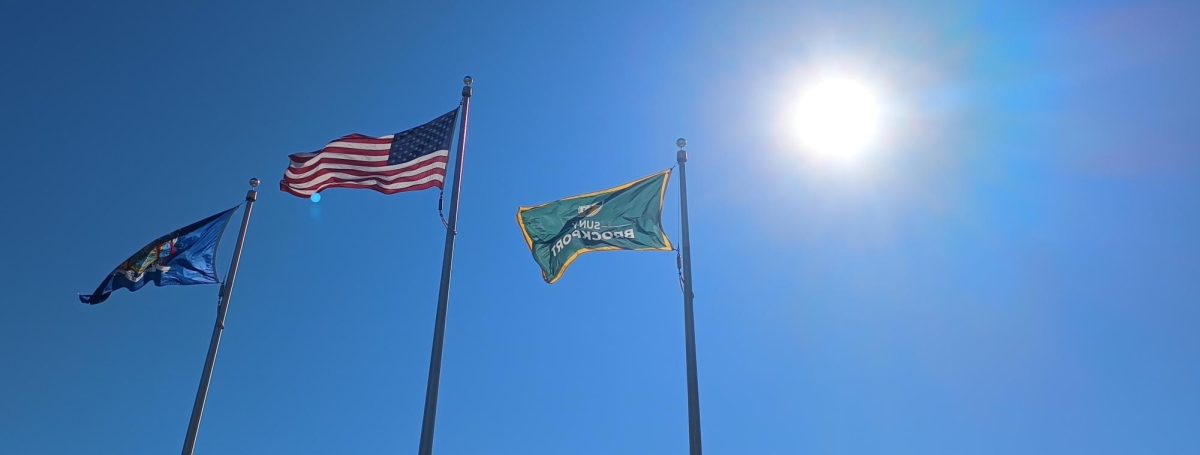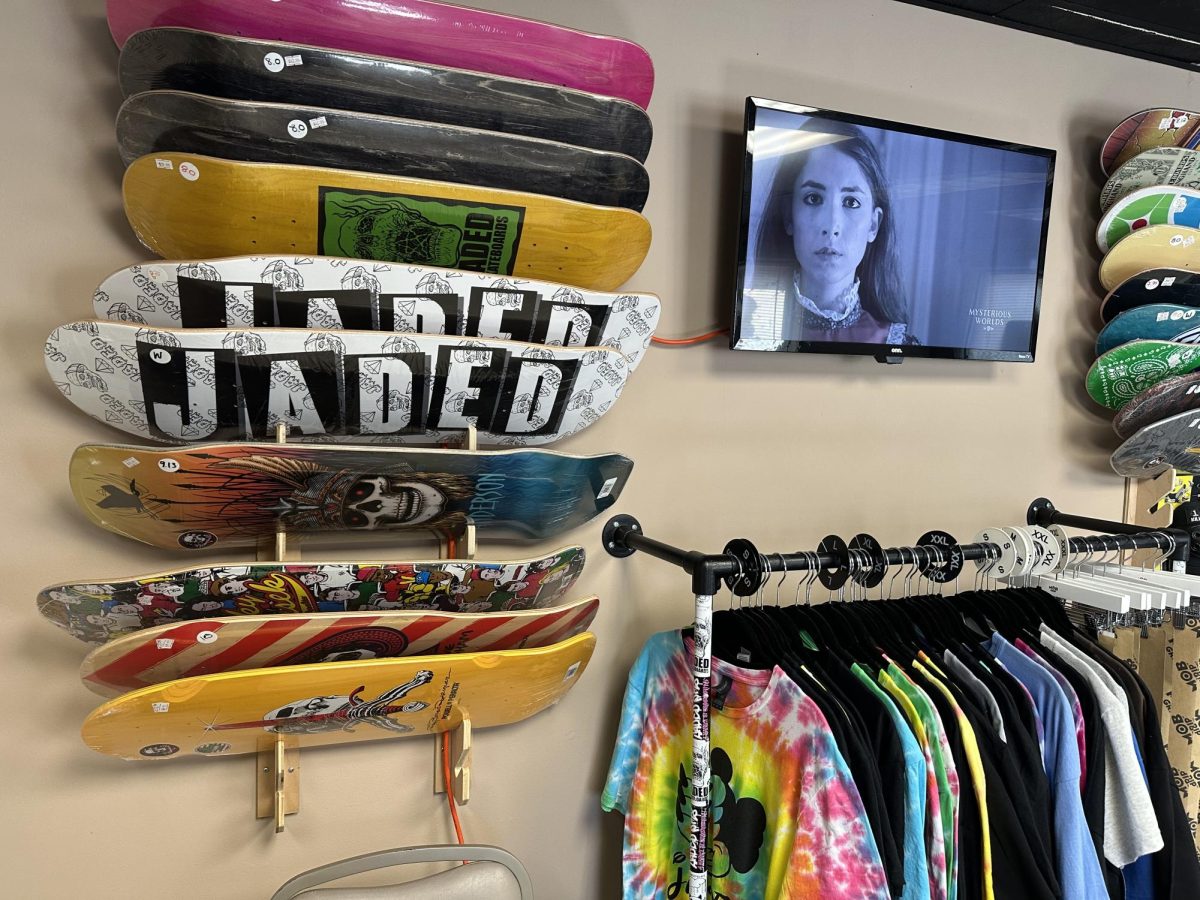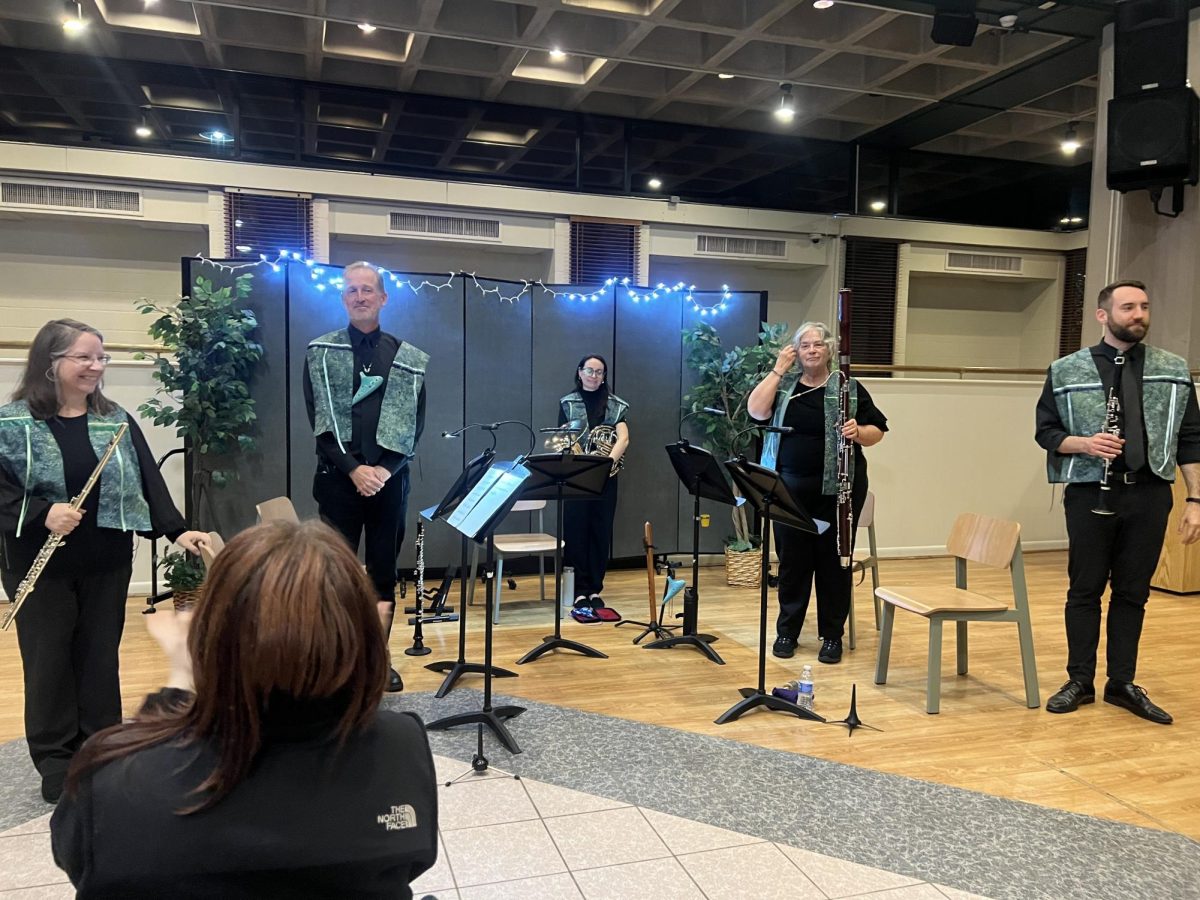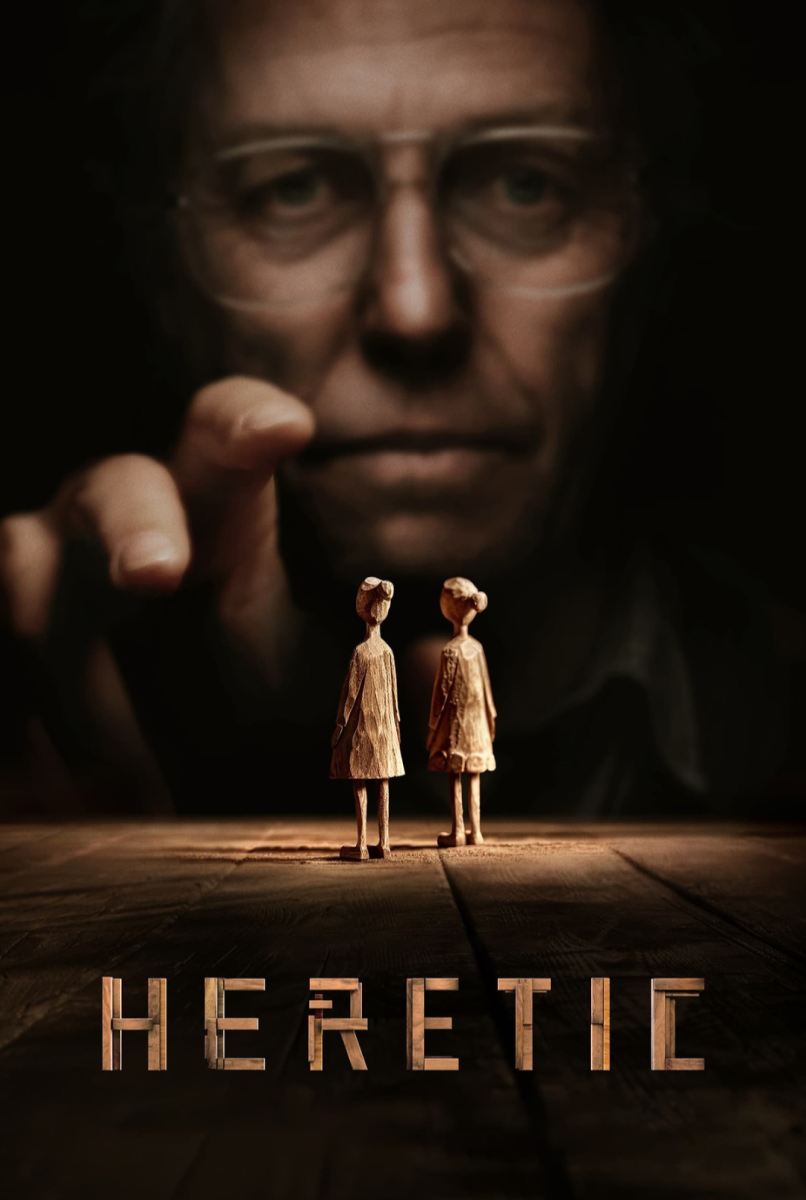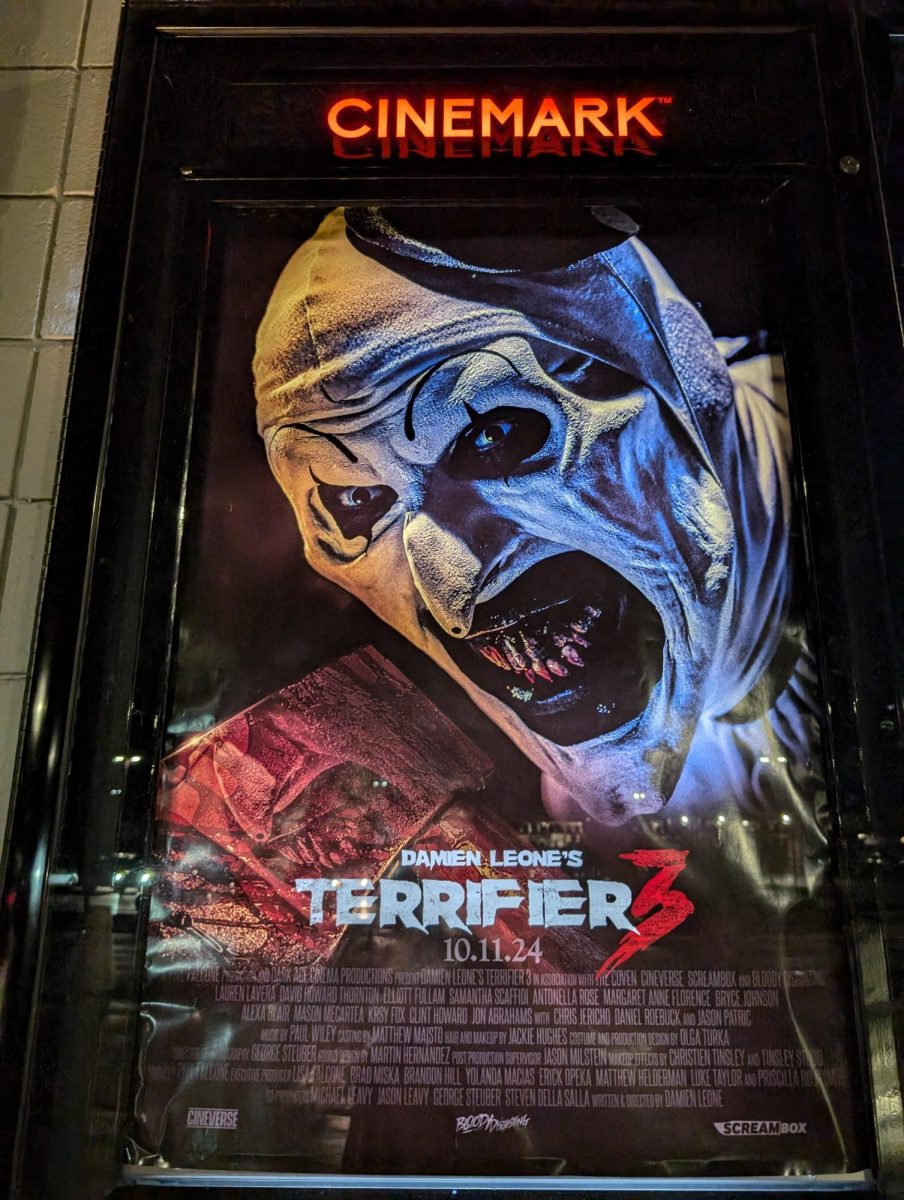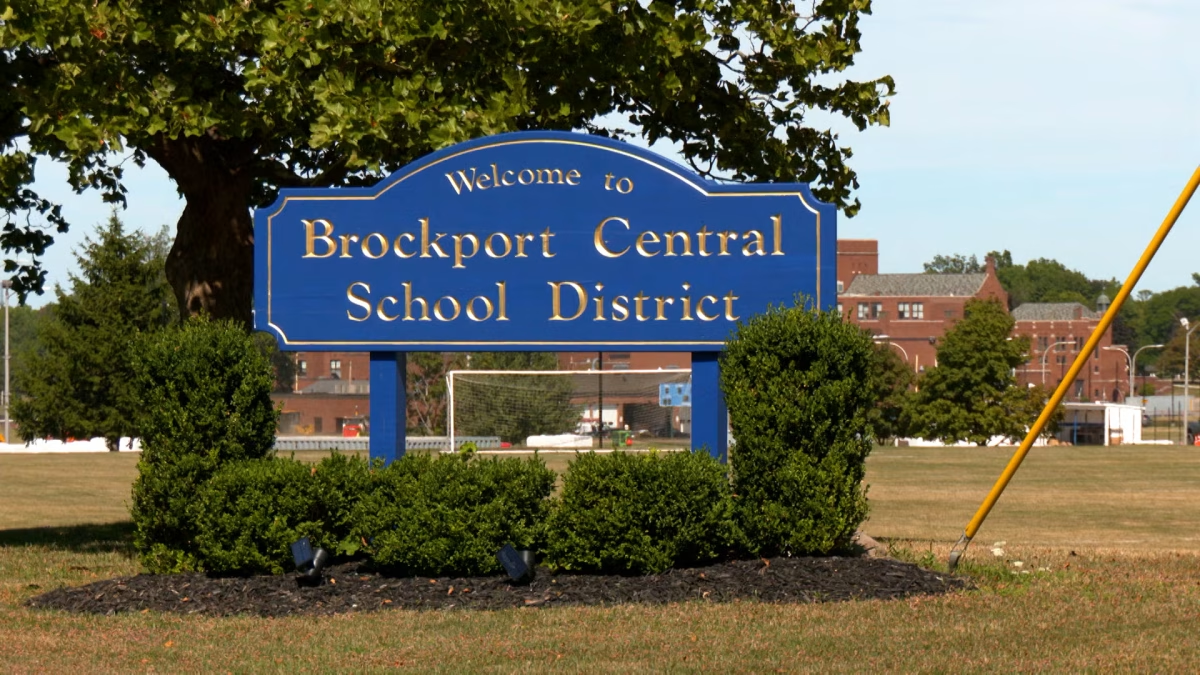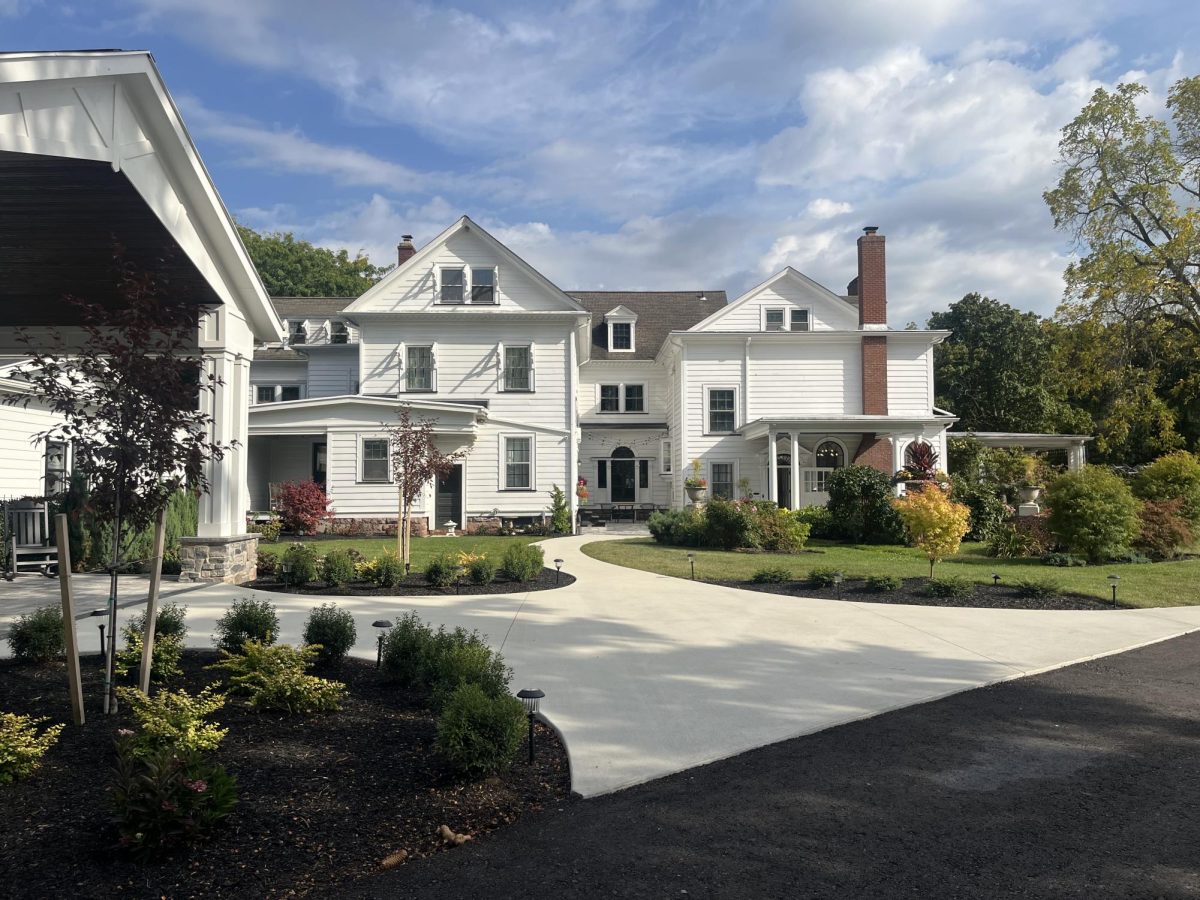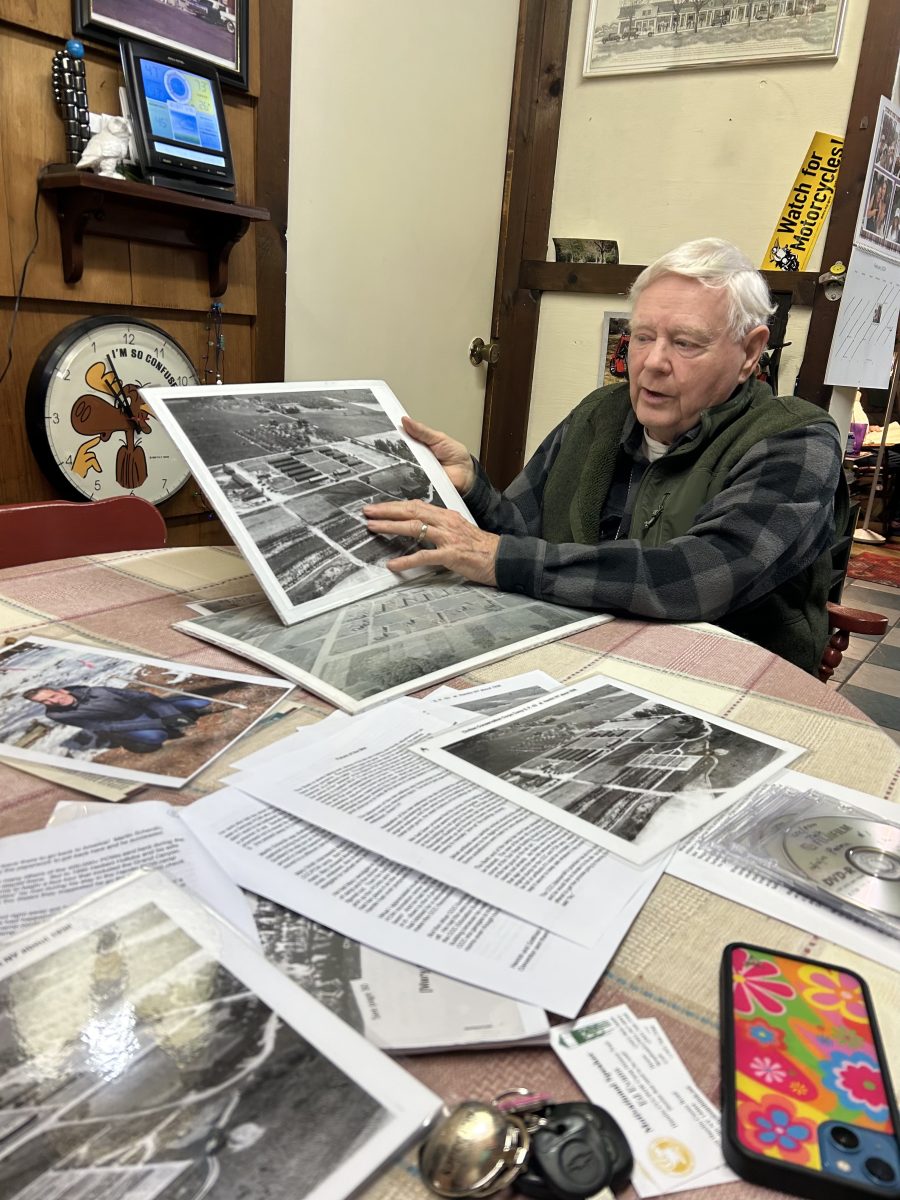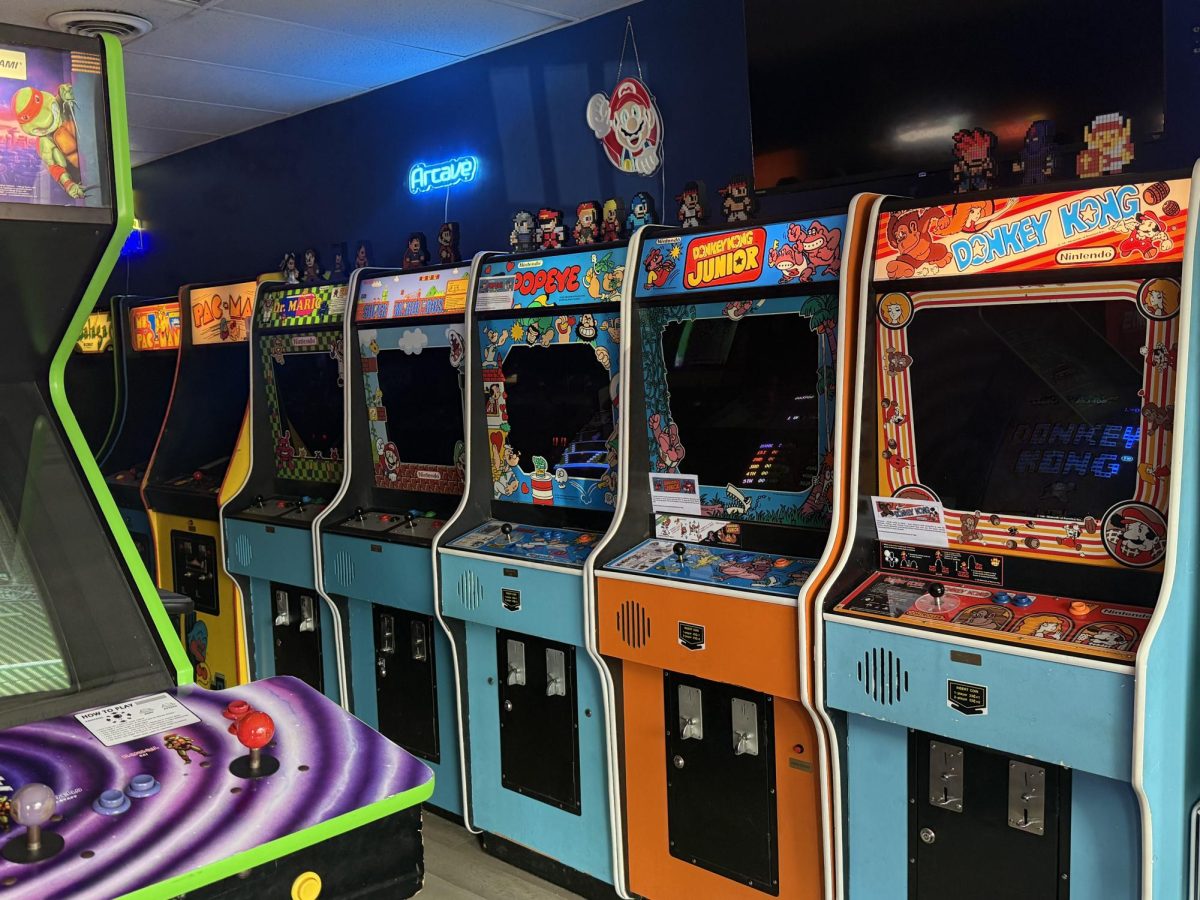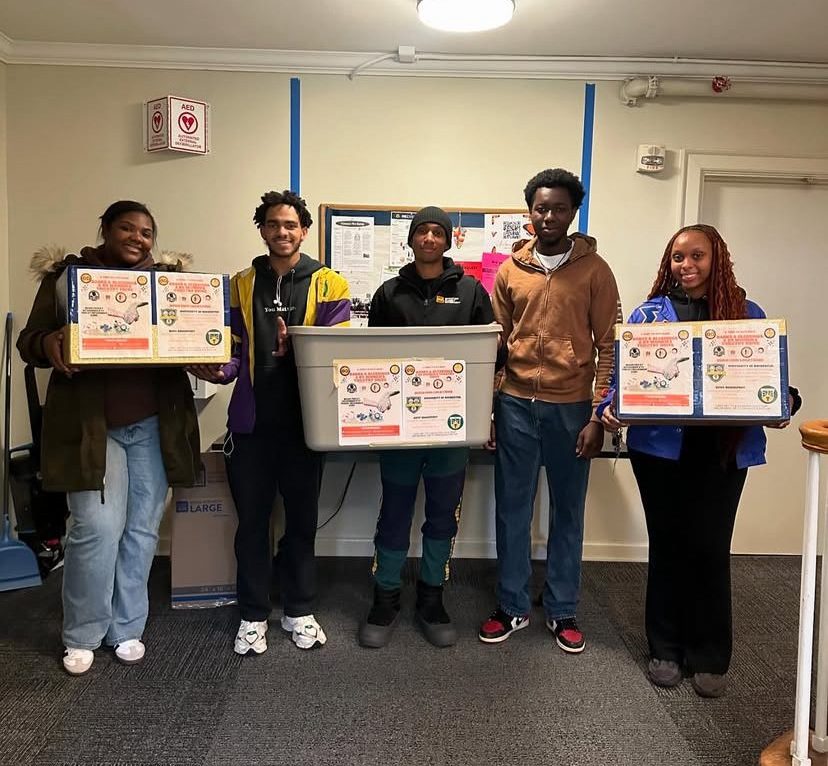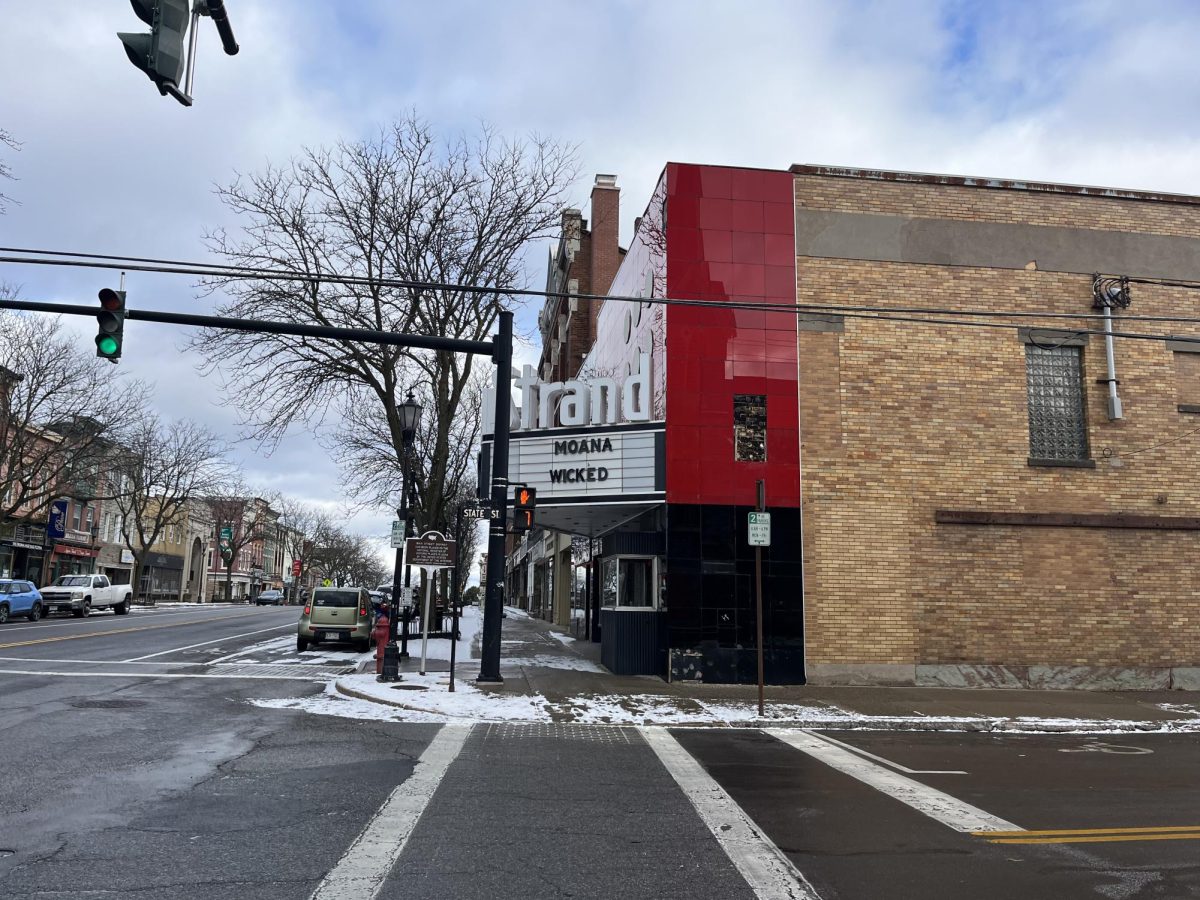By Abigail Scott
Like in many small towns, the people of Brockport are unaware of the impact their local history had on the 19th century. The town’s history includes a novelist, Mary Jane Holmes, an activist, Susan B. Anthony, and an educator, Fannie Barrier Williams, who all changed women’s lives through the suffragist movement.
Mary Jane Holmes
Mary Jane Holmes was the leading American woman novelist of the late 19th century. Her first novel Tempest and Sunshine sold 250,000 copies. The style of writing was accessible to housewives and teenage girls, who were barely literate in that time period.
SUNY Brockport English Professor Sarah Cedeno researched the archives in the Brockport Republic Newspaper during her time as the Village Historian.
“There were a lot of women who united together from Mary Jane Holmes’ stories, there was sort of a subversion about the role of women, right and the attitudes towards women at that time,” Cedeno said. “Her books portray life in small towns and rural settings while examining gender, class and race relationships. She created a professional career, was teaching and was active in her community by sharing her strength and ideals as a powerful woman.”
Brockport Village Historian Bill Andrews is well versed in Brockport History. He authored a lineup of books about all of the knowledge he has of Brockport’s historical background.
Books Bill Andrews has written (Photo / Abigail Scott)
“Her [Mary Jane Holmes] novels had a very important influence on the attitudes of American women and girls, because they prefer to hear heroines who are strong, independent women who got ahead in the world on their own,” Andrews said.
Holmes was involved in the Brockport community since she first arrived with her husband Daniel Holmes in 1854.
“There’s some stories about her and who she was as a citizen of Brockport. She was president of the Charitable Society, Vice Region of the Daughters of the American Revolution and she was active in the Temperance Society, a group of women who were essentially against alcohol,” Cedeno said.
The couple lived in the Brown Cottage on College Street in Brockport until she died.
“Her house has since turned into college housing but at the time because of it’s location in town, it’s a comfortable stop. People would come from the farms south of Wegmans to stop in her yard where she had water and a chair, sitting for travelers who just needed a place to stop,” Cedeno said.
Brown Cottage on 25 College Street

Historical marker for Mary Jane Holmes (Photo / Abigail Scott)
Holmes and her husband were active members of the Brockport society. To honor the couple’s contributions to Brockport, a historical marker was placed outside their old house and an academic building on the campus of SUNY Brockport was named for them (Holmes Hall).

Plaque for Daniel and Mary Jane Holmes in Holmes Hall at SUNY Brockport (Photo / Abigail Scott)
Holmes’ writings and community leadership in Brockport conditioned American women to the appeals of the Suffragettes and feminists later on.
Susan B. Anthony
In 1872 Susan B. Anthony tested the 14th Amendment, the right of persons born or naturalized in the United States to be citizens and ensure they are not denied life, liberty or property by going to vote in her town’s election. Afterwards, she was arrested at her door for wrongfully and willfully voting since women were not considered citizens. Her lawyer went to great lengths to defend her.
“Henry Sheldon was Susan B. Anthony’s lawyer, he lived in Clarkson before moving to Rochester where he defended her,” Andrews said.
Clarkson was one of the towns Anthony visited when she spoke to all 28 towns and villages in Monroe County between the time of her arrest and her trial date. While on her tour across Monroe County, she raised the question of, “Is it a crime for a U.S. citizen to vote?”
“She spoke on the subject women want bread, not the ballot. The gist of her lecture was the various ways in which women were treated unequally, especially inequality of their wages. Compared to men’s wages, theirs would disappear in the twinkling of an eye,” Andrews said.
Anthony was found guilty without deliberation. In 1875, the Supreme Court ruled women were citizens but didn’t have the right to vote. The states chose what the requirements to vote were.
The 19th Amendment was passed in 1920. It ensures the right to vote will not be denied due to someone’s sex.
Fannie Barrier Williams
SUNY Brockport Professor of Women and Gender Studies Barbara LeSavoy is an advocate for women’s rights and gender equality.
“There’s not enough knowledge about women and gender or enough conscious effort to become educated or informed about what we do. I think some people come on board but not everybody, so there’s a little bit of a knowledge gap in what some folks know, and some folks don’t,” LeSavoy said.
Fannie Barrier Williams was born in Brockport in 1855. She attended Brockport public schools and then went on to become the first African-American graduate of the teacher training college Brockport State Normal School (now SUNY Brockport).
Fannie Barrier Williams plaque on Hartwell Hall at SUNY Brockport (Photo / Abigail Scott)
“She wrote an autobiographical essay, as published. I have a copy of the book, she said that she grew up in Brockport, not knowing not feeling any difference from the other children of her age. She played with them the same as everyone else,” Andrews said.
Williams was ignorant to the hate of the world until she left Brockport.
“Then she went out south and worked as a teacher. That was the first time she really encountered racism and it was really hard for her. She worked at a school for black children and really struggled. She stuck with teaching, but it was an eye opener for her since it was very different from her experience in Western New York,” LeSavoy said.
Fannie Barrier Williams’ childhood home at 57 Erie St. Brockport, NY (Video / Abigail Scott)
After moving to Chicago with her husband and continuing her teaching career, Williams became an established writer who wrote about the status of women’s obstacles in speeches and was often invited to give speeches at important events such as Susan B. Anthony’s eulogy in 1907 at the National American Convention for women in Chicago. These speeches and her other writings were eventually archived.
“Wanda Hendricks collected Fannie Barrier Williams’s writings from 1893 through 1918,” LeSavoy said. “In those writings she just wrote about lifting up her race and she was presented at the world parliament of religion, which was largely an all male space. She was invited to sit on the women’s board for the Chicago exposition, also known as the World’s at that time. The men didn’t want to give any black women roles but they offered her a secretary role. The role wasn’t meaningless but at first she was insulted by the offer. Eventually she took it and was the only black woman sitting at the table.”
Despite playing a role in women’s movements and forging a path for other women like her, Williams has been denied recognition by the Women’s rights Hall of Fame in Seneca Falls.
“Fanny Barrier Williams was nominated for induction into the Women’s Rights Hall of Fame three times. Her first nominator was actually Wanda A. Hendricks – Department of History, and then the other two times after was myself, Michael Andriatch and Heidi Macpherson,” said LeSavoy.
Even without such recognition, Williams went on to be memorialized by her hometown. In 2022, just 78 years after her death, SUNY Brockport renamed their Liberal Arts Building the “Fannie Barrier Williams Liberal Arts Building” in honor of her and the impact she had on the Village of Brockport and the Women’s Suffrage Movement.

Fannie Barrier Williams Liberal Arts Building at SUNY Brockport (Photo / Abigail Scott)
Despite the challenges and obstacles they faced in the nineteenth century, these women persevered, leaving a lasting legacy in the town of Brockport.

